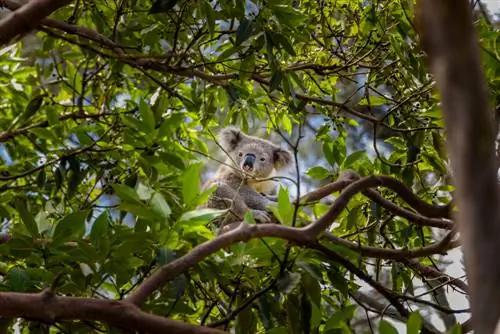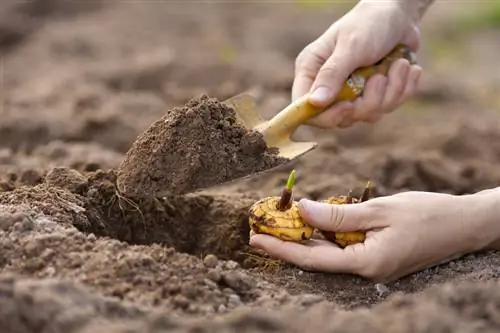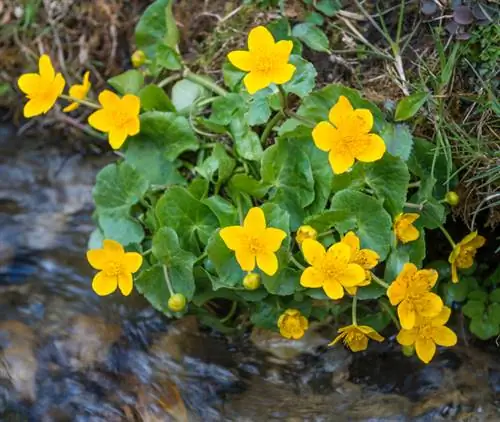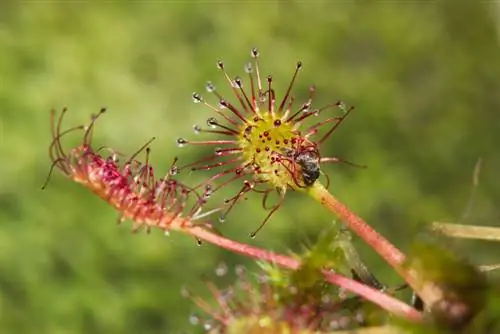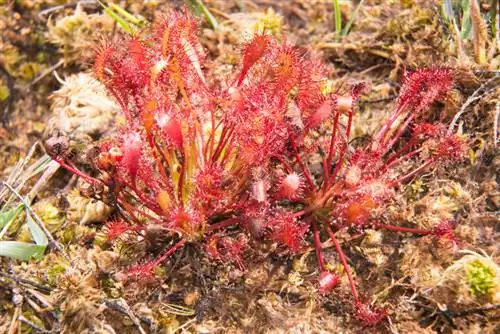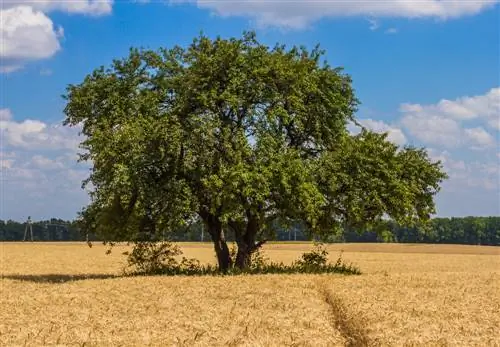- Author admin [email protected].
- Public 2023-12-16 16:46.
- Last modified 2025-01-23 11:21.
Eucalyptus? The first thing that probably comes to mind is the aromatic cough drop. But the Australian deciduous tree has many more interesting properties than just the effects of its essential oils. The around 600 different varieties alone make the tree something very special. The profile on this page is full of exciting information about the eucalyptus.
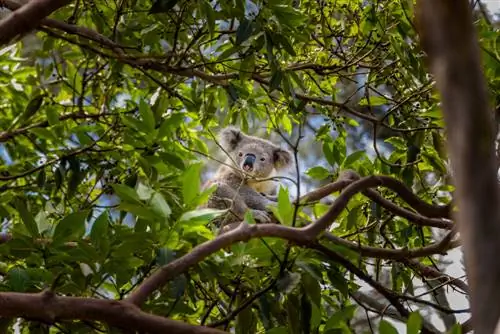
What is a eucalyptus and what is it used for?
The eucalyptus is an Australian deciduous tree with around 600 different species that belongs to the myrtle family. Known for its intense smell that repels insects, it is used for wood and in medicine, especially to relieve colds.
General
- Synonyms: Tasmanian blue gum tree, fever tree
- Genus: Eucalyptus
- Family: Myrtle family (Myrtaceae)
- Species worldwide: around 600
- Exudes an intense smell that repels insects
- Toxic?: yes, slightly
- Possible forms of cultivation: outdoors, containers, houseplants
- Propagation: via seeds
Name derivation
Did you know that the name eucalyptus refers to the appearance of its flowers. The name is derived from Greek and means “beautiful (eu) cap (kalyptus)”. The arrangement of the pistil and stamens is reminiscent of a cap.
Special varieties
Eucalyptus gunii: low growth (40 cm per year), winter-hardy
Origin, occurrence and distribution
- Origin: Tasmania, Australia
- Main distribution area: Mediterranean region
Location
- Grows up to 1000 meters altitude
- Loves sunny locations
- Also grows on dry soils
- As a pioneer tree, it partially displaces native vegetation
Habitus
- Maximum growth height: 30-35 meters (even up to 100 meters under good conditions)
- Rapid growth
Fruits
- Type of fruit: capsule fruits
- Color: brown
- Shape: flattened, small cones, conical
- Valve-like openings at the ends used for semen release
- Also called gumhuts
Bloom
- Gender: hermaphrodite, monoecious
- Color: white to cream, red or yellow
- Flowering time: from May to July
- Shape: Umbel
- Pollination: by birds and insects
leaves
- Arrangement: opposite
- Shape: oblong or round (depending on the species)
- Leaf edge: slightly notched, serrated or smooth (depending on the species)
- Heterophylly (leaves change color and shape with age)
- Without petiole
- Color: light, green, in some species shimmering bluish white
- Shiny
- Rotated 90° to prevent excessive irradiation
Bark
- Smooth
- Bright
- Forms scales that flake off
- Forms a new layer of bark every year
Usage
- On the use of wood
- To relieve colds (tea or dragee), clears the airways in bronchitis
- Essential oils for saunas and steam baths
- In creams or as a bath additive

